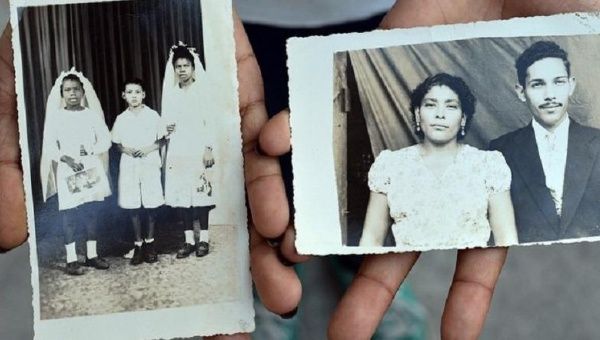17 Of The Most Powerful Things Latinos Said In 2015 That Got Us ThinkingPosted in Articles, Communications/Media Studies, Latino Studies, Media Archive, United States on 2015-12-24 22:57Z by Steven |
17 Of The Most Powerful Things Latinos Said In 2015 That Got Us Thinking
The Huffington Post
2015-12-22
Carolina Moreno, Latino Voices Editor
Diversity, immigration, feminism and more — these celebrities covered it all.
Latinos gave us plenty to think about in 2015, and it’s time to revisit some of the best mic drop moments of the year.
From pointing out Hollywood’s lack of diversity to exemplifying the importance of redefining masculinity, there was no shortage of food for thought from wise Latinos. Take a look at what John Leguizamo, Zoe Saldana, America Ferrera, Gina Rodriguez and many more Latinos said that really got us thinking in 2015…
Read the entire article here.


